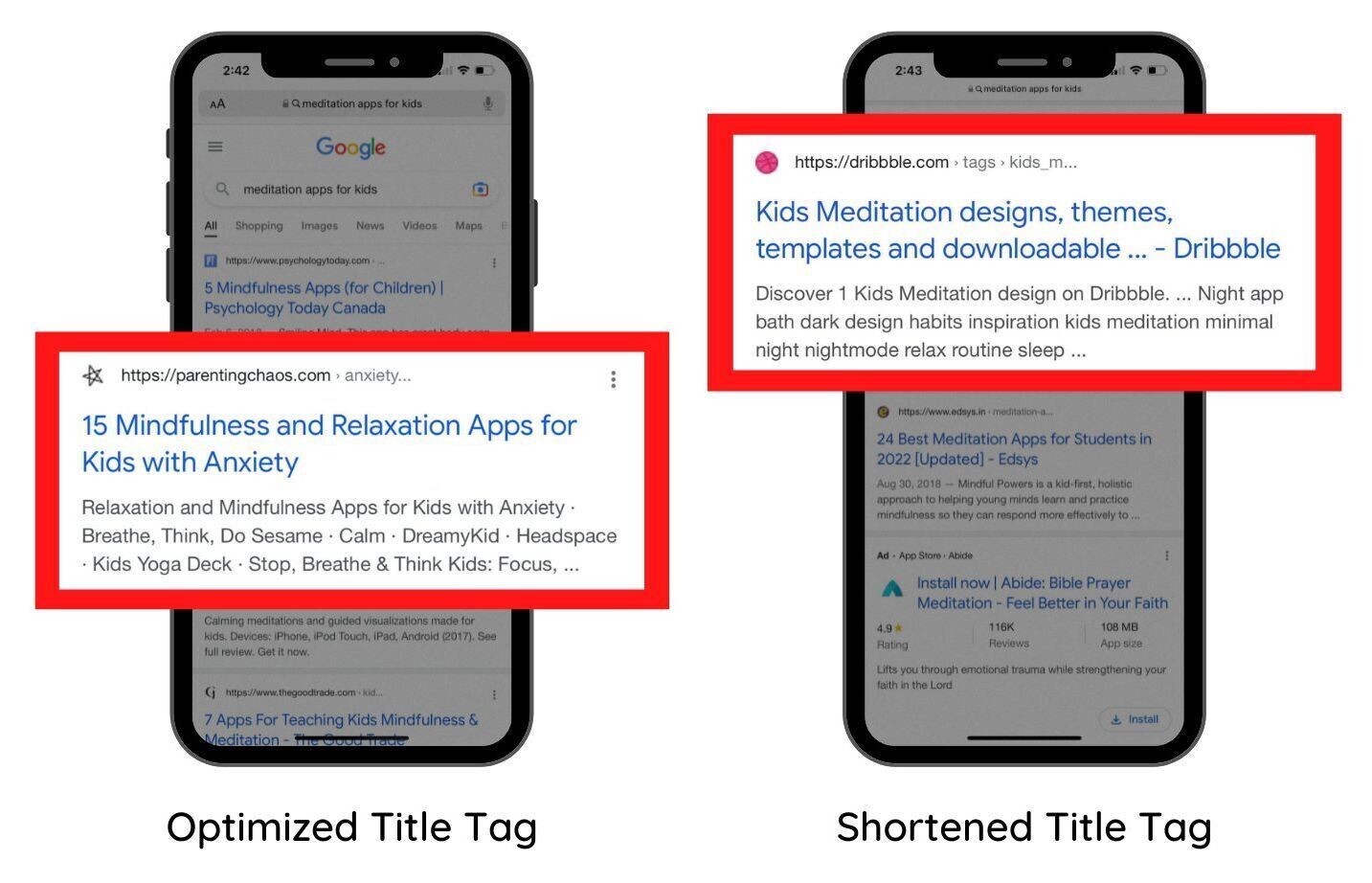
The Ultimate Overview to Mobile Optimization: Strategies for Enhancing Web Site Efficiency on Smartphones and Tablets
The approaches for improving site efficiency on mobile platforms go past simple adjustment; they include a thorough technique that involves responsive layout, rate optimization, material approaches, and individual experience enhancements. By delving into the details of mobile optimization, organizations can not only fulfill user assumptions but additionally stay in advance in a competitive electronic landscape.
Significance of Mobile Optimization
Mobile optimization plays a critical duty in improving user experience and driving conversion prices in the ever-evolving digital landscape. With the increasing usage of smart devices and tablets for searching the net, making sure that sites are enhanced for mobile phones has actually ended up being critical for businesses - Mobile Optimization. A mobile-optimized website not only adapts effortlessly to different display sizes yet likewise loads swiftly, providing individuals with a smooth and delightful browsing experience
In today's busy world, users anticipate instantaneous accessibility to information on the move. An internet site that is not maximized for smart phones risks shedding prospective clients due to slow down loading times or an inadequate user interface. By buying mobile optimization, organizations can provide to the requirements of their mobile target market, leading to greater engagement and boosted conversions.
Moreover, internet search engine like Google focus on mobile-friendly web sites in their positions, making mobile optimization crucial for improving exposure and attracting natural web traffic. Mobile Optimization. Overall, the value of mobile optimization can not be overemphasized, as it straight impacts individual satisfaction, conversion rates, and general business success in the digital realm
Responsive Style Techniques
Applying responsive layout techniques makes certain that websites dynamically change their design and material based upon the customer's device display size, providing a regular user experience across numerous systems. One of the most common approaches made use of in responsive design is developing fluid grids that permit web content to resize proportionally to the screen size. This ensures that components on the web page maintain their loved one spacing and setup, enhancing the viewing experience for customers on various devices.
In addition, utilizing flexible photos that can scale with the size of the viewport helps protect against pictures from being chopped or misshaped on smaller displays. CSS media queries play an important role in receptive style by enabling developers to use certain designs based on the tool attributes such as screen size, height, and positioning. By leveraging media queries, internet sites can adapt their format and design to match smartphones, tablet computers, and desktop displays seamlessly.
Incorporating receptive design strategies not only boosts user experience however additionally adds to boosted search engine positions, as article source search engines like Google focus on mobile-friendly websites in their mobile search results. By welcoming receptive design, web sites can accommodate the diverse requirements of customers accessing content on a range of gadgets, inevitably driving see post engagement and conversions.
Speed and Efficiency Optimization

One trick strategy is maximizing photos and multimedia material to reduce documents dimensions without jeopardizing quality. Pressing pictures, leveraging modern picture formats like WebP, and careless packing offscreen images work methods to quicken tons times (Mobile Optimization). Reducing HTTP requests, leveraging web browser caching, and reducing server feedback times are vital steps in improving performance.
Carrying out a content shipment network (CDN) can additionally considerably enhance site rate by distributing material throughout multiple servers around the world, decreasing latency for customers accessing the website from different places. Focusing on crucial above-the-fold material and postponing non-essential scripts can additionally boost perceived performance. By concentrating on rate and efficiency optimization, websites can provide a smooth and enjoyable user experience on mobile phones.
Mobile-Friendly Web Content Strategies
To optimize material imp source for smart phones, it is vital to prioritize readability and interaction with critical format and succinct messaging. Mobile-friendly content techniques include tailoring the discussion of details to match the smaller sized displays and on-the-go nature of smartphone and tablet customers. One key element is to make certain that text is quickly readable without the need for zooming in, utilizing font sizes that are clear on mobile screens. Additionally, breaking up content into shorter paragraphs and using bullet points can aid boost readability and make it easier for users to eat info quickly.
Integrating engaging visuals, such as photos and video clips optimized for mobile watching, can likewise enhance the total individual experience. These visuals ought to be relevant, high-quality, and lots swiftly to avoid users from wearying. Integrating interactive elements like tests, polls, or studies can increase customer interaction and urge active engagement.
Customer Experience Enhancements
Building on the structure of mobile-friendly content methods, improving customer experience entails enhancing every touchpoint to ensure seamless communication and fulfillment for mobile users. One critical aspect of improving customer experience on smart phones is ensuring quick filling times. Users expect internet sites to fill swiftly on their smartphones and tablet computers, and any type of hold-ups can cause disappointment and raised bounce rates. Carrying out receptive design is another crucial consider improving user experience. Responsive design makes sure that internet sites adapt to various screen sizes and resolutions, offering a constant and straightforward experience throughout various devices.
Along with speed up and receptive style, streamlining navigating is essential for a positive user experience. Clear and intuitive navigating food selections, noticeable search bars, and strategically placed call-to-action buttons can help users conveniently find what they are trying to find on a mobile site. Enhancing forms for mobile users by minimizing the variety of areas and using auto-fill functions can also enhance the total individual experience. By focusing on these user experience improvements, internet sites can successfully engage and retain mobile visitors.
Verdict
To conclude, mobile optimization is important for enhancing internet site performance on smart devices and tablet computers. By implementing receptive design strategies, enhancing rate and performance, developing mobile-friendly content, and boosting individual experience, businesses can successfully reach and involve with their mobile audience. It is crucial for sites to adjust to the enhancing mobile use patterns in order to remain affordable in the digital landscape.